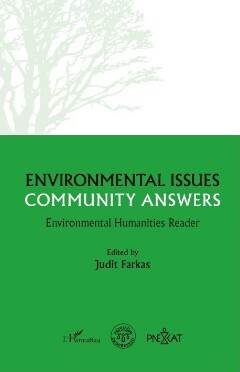Page 98 [98]
96 VIKTOR GLIED
reach legislative formulation or appear in policies. It writes petitions forwarded to
decision-makers, collects signatures, publishes articles and organizes street action.
In the case of low-risk action it is mainly the activists of an organization or
movement who make efforts to inform and convince people they get in contact
with (the public, the "people of the streets") or definite social groups (local youth,
specialists, politicians, etc.).
As for high-risk participation, it always concerns a concrete issue which affects
people, leading a community to rally to prevent a planned facility close to homes,
schools, workplaces or any venue with an emotional charge. Such a movement is
built of looser organizational bonds, since its identity is not formed by loyalty to
an organization or by a vague idea, but by personal attachment and fear of possible
future harm. Such co-operations are usually active as long as the problem prevails,
then dissolve or halt their activity temporarily, but they may serve as models for
other initiatives.
The NIMBY reaction has relevance in the field of conflict research. There is
consensus among researchers that NIMBY is a local network of individuals and
groups which is an intermediary between global and local protest. The set of
arguments proposed in the protests have connections to local features and can be
reinforced by general ideas that may lend weight or justification to the groups
demand. The networks are rarely formed from scratch; the trust is usually rooted
in acquaintanceship and common spheres of interest. Though the possibility of a
compromise solution is not rejected by all initiatives, the parties are pitted against
one another mostly as enemies, not as opponents owing to the clash of interests.
The behavior of local politics fundamentally influences the possible radicalization
of the NIMBY group. Should the politicians competent to make decisions refuse
to deal with the will of this group or to take part in the search for solutions and,
further, are unable to mediate between the interests present, a crisis of legitimation
may arise. The initial protest may later spread to other fields and create alliances
that would never work harmoniously under “natural” circumstances. It is also
possible that the early successes of the movement grow into a larger, more
comprehensive formation that may also undertake political action to attain its
goal(s) (Krauss 1994). In Al Gore's view, the NIMBY symptom marks the beginning
of a healthy tendency, because it brings home to the decision-makers the fact that
the “courtyard” is the common home of all humankind.
Based on their goals, NIMBY initiatives can be categorized into seven groups.
1. Protests against creating landfills, repositories and incinerators of waste.
2. Protests against high voltage power lines, transformers and oil and gas pipes
close to residential areas.
3. Protests against power plants, specifically against nuclear plants.
4, Protests against founding polluting factories, radiating facilities, mining
complexes and industrial or military establishments.
5. Protests against erecting buildings for institutions entailing noise (ambulances,
police, fire brigade).
6. Movements for a clean environment (proactive work for keeping the settlement
or the neighborhood clean or for cleaning it up).
7. Movements for a safe alternative, a safe future.
The ends and means of single-issue initiatives may change during the process
of protesting and negotiating. Although the original goal remains in effect, the

